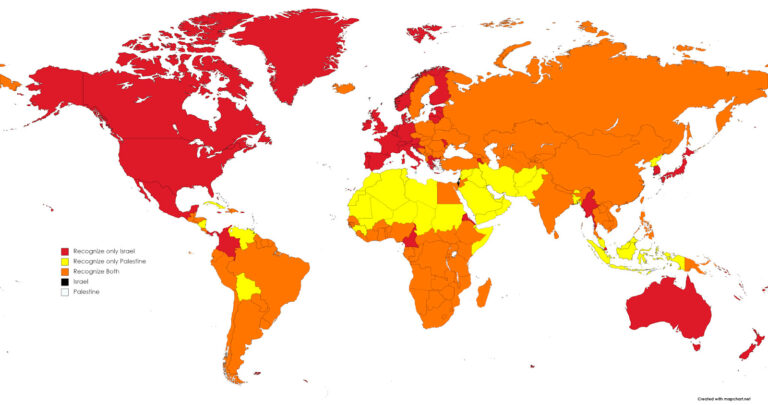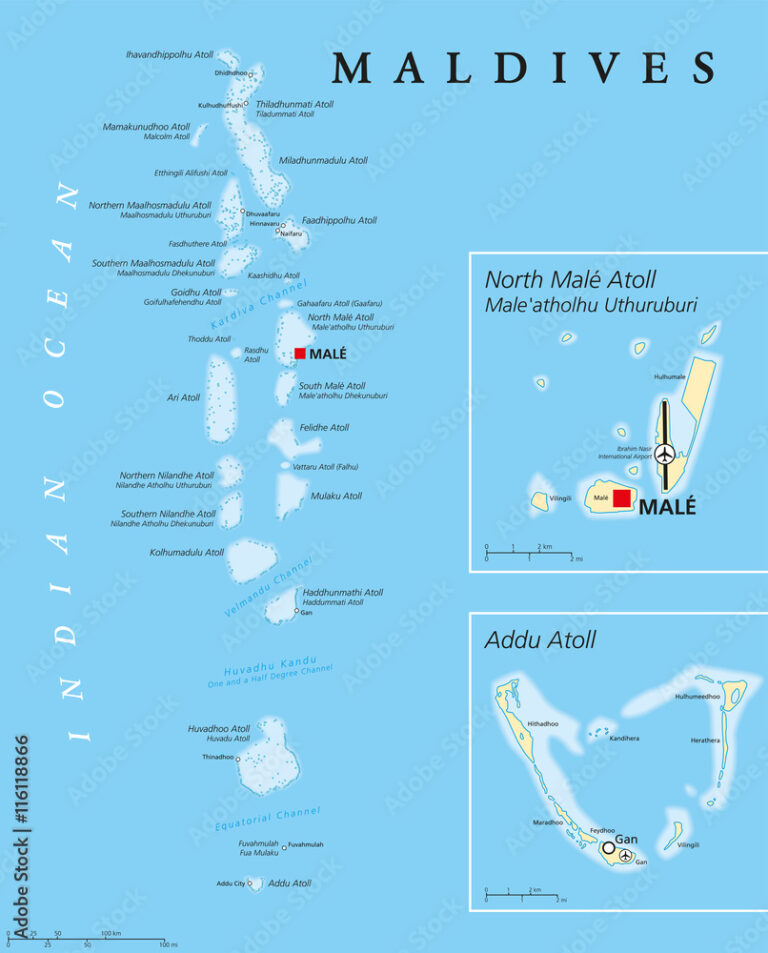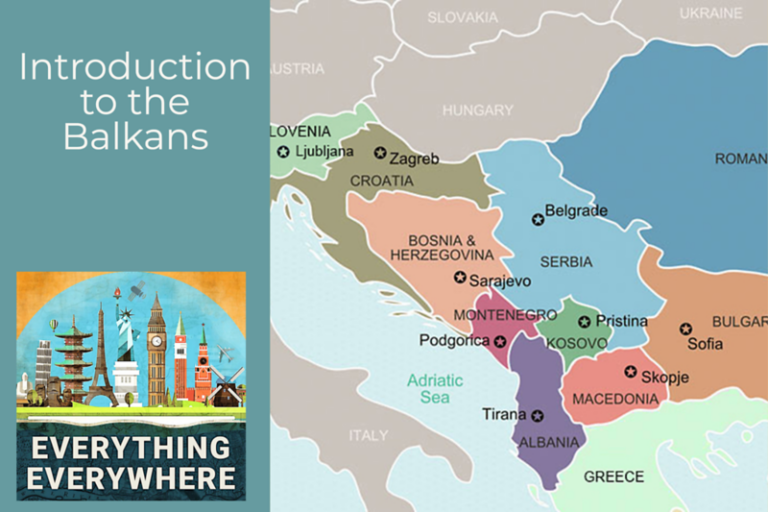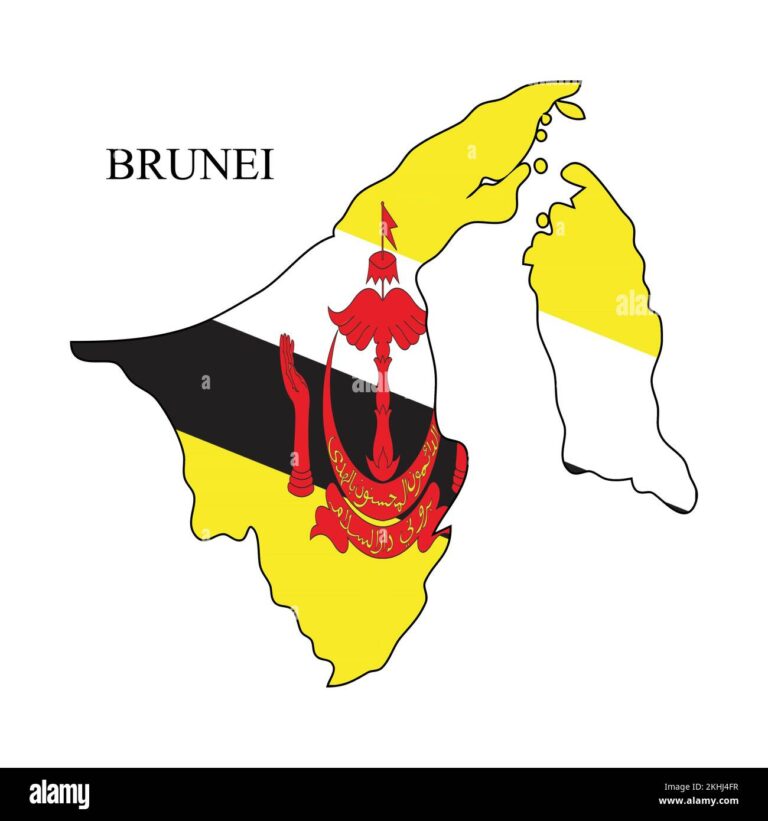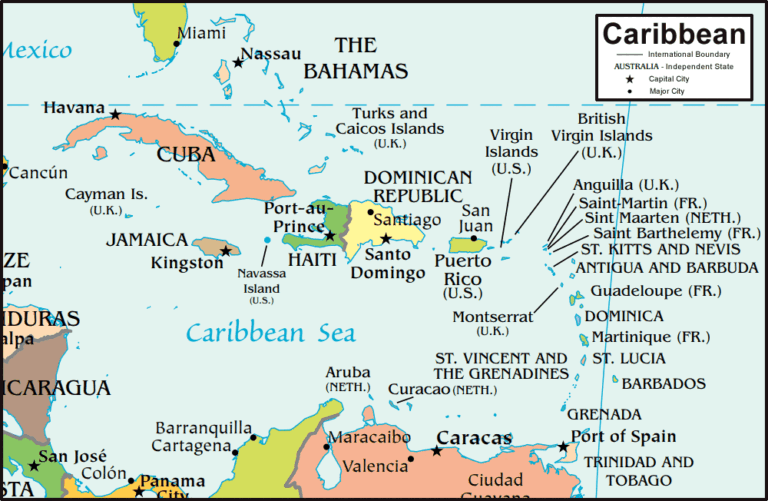South Korea Neighbouring Countries and East Asian Borders
South Korea’s Neighbors
North Korea: The Neighbors Upstairs
South Korea’s one and only land neighbor is North Korea, with a stretch of around 523 km (325 mi) separating the two countries (Wikipedia). The Demilitarized Zone (DMZ) stands firm on this borderline, a buffer created by the 1953 armistice that called a truce to the Korean War. Imagine it as a 2.5-mile-wide (4 km) no-man’s land that runs by the 38th parallel, extending for roughly 240 km (150 mi) from the East Sea (some might call it the Sea of Japan) reaching over to the Yellow Sea.
| Land Border | Length (km) |
|---|---|
| North Korea | 523 |
The DMZ stands as one of the most fortified divides worldwide, a bittersweet reminder of ongoing discord between the two countries (World Atlas). If you’re all about digging deeper, don’t miss our piece on the Demilitarized Zone (DMZ) for more juicy tidbits.
Japan: Just Across the Water
Toward the east, Japan calls out from across the Korea Strait and the East Sea (or maybe the Sea of Japan, tomato-tomahto, right?). It’s about 200 kilometers (124 miles) as the crow flies, crossing over that little strip of water known as the Korea Strait, marking a watery boundary between the Korean Peninsula and Japan’s Island of Tsushima.
| Sea Border | Distance (km) |
|---|---|
| Japan (Korea Strait) | 200 |
This Strait isn’t just about who can swim it fastest; it’s got a lot going on in terms of maritime politics, including the back-and-forth over Liancourt Rocks. Want the full scoop on why everyone seems to care about some rocks? Pop over to our discussion on the Liancourt Rocks Dispute.
These border scenarios give South Korea a unique position on the map, with plenty of strategic layers. If geography gets your heart racing, have a look at our other worldly guides on distant lands like San Marino’s neighbors and a trip to Senegal’s geographical pals.
Korea Strait Relations
The Korea Strait, snug between South Korea and Japan, isn’t just choppy waters; it’s a brewing pot of complex geopolitical drama. It’s like the awkward family reunion nobody wants but everyone attends. At the heart of this tension are the Liancourt Rocks ruckus and the forbidding Demilitarized Zone (DMZ).
Liancourt Rocks Dispute
Now let’s talk about those pesky Liancourt Rocks—Dokdo to the Koreans, Takeshima to the Japanese. Essentially a pile of stones sitting about 55 miles southeast of Ulleung Island, these islets are stirring up quite the international spat. Both South Korea and Japan argue about owning these rocks like siblings squabbling over a cookie. Why the fuss? Well, aside from the pride factor, the waters around these rocks are brimming with fish and could hide some juicy underwater assets (Britannica).
Right now, South Korea holds the keys, with its own set of police who aren’t there for a seaside picnic. For years, attempts to settle this argument have been as effective as a chocolate teapot. When they’re not arguing over rocks, South Korea and Japan do manage to get along business-wise, ever since they penned a treaty in 1965: kind of like a ‘let’s agree to disagree’ scenario (Wikipedia).
Wanna dig into more territorial love-hate stories? Check out our piece on san marino neighbouring countries.
Demilitarized Zone (DMZ)
The DMZ, though tagged as ‘demilitarized,’ couldn’t be more misleading. This zone is like a tension-packed movie waiting for a sequel. Stretched about 150 miles across the peninsula at the 38th parallel, this slice of land stands as the stern divider between North and South Korea since the Korean War’s ‘let’s-call-it-a-halt’ moment in 1953 (Britannica).
With both sides locked and loaded, this zone is more fortified than a castle in a video game. What’s surprisingly positive is the accidental wildlife haven it’s become—where nature thrives away from humans’ itchy trigger fingers. Still, this area is not all peace and birdsong; skirmishes and defectors pop up often enough to keep tensions simmering.
| Border Feature | Description |
|---|---|
| Length of Land Border (North Korea) | 325 miles |
| Width of DMZ | 2.5 miles |
| Length of DMZ | 150 miles |
| Latitude | 38° N (38th parallel) |
Curious about more regional theatrics? Check our scoop on singapore neighbouring countries.
The DMZ stands like a bold line between the North and South, an ongoing reminder of discord yet hinting at possibilities of reunification someday. History’s not over yet in these parts.
For digging deeper into South Korean policies and the neighborhood vibe, sift through more gems in our articles on sao tome and principe neighbouring countries and seychelles neighbouring countries.
Regional Bodies & Economy
South Korea’s spot in East Asia, its cultural mojo, and its bustling economy are pretty much the main gears in how it rubs shoulders with nearby nations and even further afield.
South Korea’s Soft Power
South Korea unleashed its global charm offensively through the Korean Wave, or Hallyu, which turned the tables in its favor from around the late ’90s. It’s like Hallyu hit the world in stages: 1.0, 2.0, and now we’re in 3.0-land. Kicking off with TV dramas, it quickly grew into K-pop and a bunch of cultural goodies, wooing folks way beyond Asia.
The South Korean government set the ball rolling with cultural policies that’ve morphed from plain economic blueprints to solid public diplomacy tools. These policies are the fan behind the cultural boom, turning Hallyu into a prized possession for South Korea’s soft power mojo (Air University).
Factors driving this runaway success are:
- Making killer creative content
- Going all-in with cutting-edge tech
- A neat mix of historical stuff
These gear the whole thing up, putting South Korea on the map as a rising middle-weight champ.
Economic Partnerships
South Korea is also rolling strong with hefty economic partnerships showing off its heavyweight title in global markets. By 2021, South Korea ranked as the tenth-biggest economy based on nominal GDP, and among 26 countries, it took the fifth spot in military oomph and defense spending (Air University).
Being part of major international circles just screams its place in the world economy and its steady politics. Some of these clubs are:
- Organisation for Economic Co-operation and Development (OECD)
- OECD Development Assistance Committee (DAC)
- G20
These seats highlight South Korea’s pull in the global money and power arenas.
| Platform | Role |
|---|---|
| OECD | Keeps tabs on economic and social tunes |
| DAC | Handles the aid and development hustle |
| G20 | Talks shop on the world economic front |
South Korea’s economic hustle is also about cozying up with neighbors and far-off buddies. Their work with ASEAN Relations and the New Southern Policy (NSP) is a nod to beefing up these foreign ties.
Tapping into this soft power and sealing strong economic ties, South Korea keeps cranking up its mojo both next door and on the world stage.
Foreign Relations Expansion
South Korea is branching out, buddying up not just with who lives next door but beyond the Northeast Asia block. It’s turning its attention to new pals in far-off lands, all about getting the economy buzzing and scoring strategic allies. Two biggies in this venture? Hooking up with ASEAN nations and rolling out its New Southern Policy (NSP).
ASEAN Relations
South Korea’s not playing around when it comes to making friends with the Association of Southeast Asian Nations (ASEAN). This place is a giant puzzle piece in South Korea’s global playbook, thanks to its rise as an economic and strategic hotspot these days. By tightening bonds with ASEAN countries, South Korea’s shooting for mutual growth, trading cultures, and raking in more goods and cash.
Take Vietnam, for instance. They signed on a dotted line in December 2022, stepping their relationship up to a comprehensive strategic partnership. The goal? Make their business worth upwards of $100 billion by 2023, and a jaw-dropping $150 billion by the decade’s end. This partnership shows South Korea’s all-in on long-haul economic and diplomatic gigs within the ASEAN setup.
By focusing on making nice with ASEAN, South Korea gets how much money’s in that pot. Spreading out its buddy network is South Korea’s way to dodge economic storms, mainly when old friends start bumping heads over big-picture strategies.
New Southern Policy (NSP)
The New Southern Policy (NSP) is like South Korea’s ace in the hole for mixing things up with Southeast Asia and India. With this policy, the plan is to be less glued to major league players like the US, China, Japan, and Russia. Instead, South Korea wants to have ASEAN and India penciled in as major leagues as well.
The NSP comes from a “hey, we’ve gotta switch it up” kind of place, making sure South Korea’s game plan isn’t shakier than jelly when international titans squabble. With the NSP, the goal is to forge unyielding economic nets and strategic friendships, so growth stays stable and not too dependent on one buddy.
| Place | How Much We’re Tight | Business Goal ($ billion) |
|---|---|---|
| Vietnam | Strong Strategic Buddies | 150 by 2030 |
| ASEAN | Go-to Partner | Not mentioned |
| India | Go-to Partner | Not mentioned |
The NSP is stirring up South Korea’s spot in the grand scheme, laying out the country’s determination to push its diplomatic limits and lock in perks for the long haul.
Fancy a look-see at more neighborly tales? Check out our pieces: Sweden neighboring countries and Singapore neighboring countries.
Maritimes Border Conflicts
Maritime border antics are always front and center in South Korea’s neighborhood, thanks to its position in East Asia. We’re going to chat about two biggies: the Northern Limit Line and the Joint Security Area.
The Northern Limit Line
The Northern Limit Line (NLL) is kinda like an invisible line in the Yellow Sea, splitting South Korea and North Korea. Created by the United Nations Command after the messy breakup in 1953—sorta like setting up bedroom boundaries for squabbling siblings—North Korea doesn’t acknowledge it, which keeps the tension pot on a rolling boil.
This NLL is crucial because it’s like the only watery fence post between the two Koreas. It zigzags from the mouth of the Han River out into the Yellow Sea, acting more like a strongly suggested guideline than a hard-set boundary (World Atlas). Bickering over this line often involves who gets to fish where and whose water is whose, making it a sizzling spot for military drama and diplomatic squabbles.
| Feature | Description |
|---|---|
| Location | Yellow Sea |
| Year Established | 1953 |
| Recognized By | South Korea, United Nations Command |
| Not Recognized By | North Korea |
| Major Conflicts | Fishing rights, territorial claims |
Joint Security Area (JSA)
Enter the Joint Security Area (JSA), aka the Truce Village. This patch of land—right smack dab in the demilitarized zone (DMZ)—is a funky spot where troops from North and South Korea can stare each other down face-to-face. It’s a neutral ground watched over by North Korea, South Korea, and the United Nations Command.
The JSA is a big deal for sit-down talks and meetups when the two Koreas have got some serious chatting to do. Nestled on the international border but not caught up in who owns what, it’s got a crucial role in keeping peace chats alive. It’s like the roundtable for peacekeeping powwows between the two neighbors (World Atlas).
| Feature | Description |
|---|---|
| Location | Demilitarized Zone (DMZ) |
| Also Known As | Truce Village |
| Overseen By | United Nations Command, North Korea, South Korea |
| Not Controlled By | North Korea, South Korea |
| Major Uses | Diplomatic negotiations, peacekeeping operations |
For those curious about the drama of neighboring countries, check out articles on san marino neighboring countries, sao tome and principe neighboring countries, and others. South Korea’s sea borders and nearby areas stick around as part of this complex regional soap opera.
Global Trade Dynamics
South Korea’s place in the grand scheme of international trade is all about understanding its hustle in the import-export game and strategic policies such as the NSP Plus. These moves crank up the country’s economic swagger and help smooth relationships with the neighbors and beyond.
Export & Import Data
South Korea throws its weight around in the global trade arena. Back in 2022, it bagged the title of top exporter of things like Blank Audio Media, Cyclic Hydrocarbons, Special Purpose Ships, Oxometallic or Peroxometallic Acid Salts, and Styrene Polymers (OEC). And that’s not all; it shipped out a whole load of goods, including Integrated Circuits, Refined Petroleum, Cars, Broadcasting Equipment, and car bits and bobs.
Here’s a peek at where South Korea sent its goods in 2022:
| Country | Export Value (in USD) |
|---|---|
| China | $136.7 billion |
| United States | $82.1 billion |
| Vietnam | $48.8 billion |
| Japan | $29.9 billion |
| Hong Kong | $29.4 billion |
Curious about what’s happening in those neighboring lands? Sneak a look at south korea neighbouring countries.
On the flip side, when it came to imports in 2022, South Korea was all about snagging the biggest slice of the pie for things like Inorganic Salts, Starch Residue, Hydrides and other anions, and even Wood Wool (OEC). Bringing in all this stuff helps fuel its buzzing industrial and tech scene.
| Product Category | Import Value (in USD) |
|---|---|
| Crude Petroleum | $82.5 billion |
| Integrated Circuits | $75.2 billion |
| Petroleum Gas | $40.6 billion |
| Coal Briquettes | $25.7 billion |
| Cars | $20.3 billion |
South Korea’s pretty varied import-export biz paints it as a heavyweight in world trade.
New Southern Policy Plus (NSP Plus) Approach
This NSP Plus isn’t just some fancy plan; it’s South Korea’s way of cozying up with the ASEAN scene and India. It’s all about linking arms in stuff like health, building cool infrastructure, tech whizz-bangery, and schooling. Nimble, huh? This lets South Korea roll with the punches when regional shifts and hiccups come up (Carnegie Endowment).
Here’s what NSP Plus is up to:
- Global Health Cooperation: Teaming up to spritz up healthcare setups.
- Infrastructure Development: Piling in cash on transport, energy, and digital stuff.
- Digital Innovation: Pushing tech-savvy education and sparking innovation hubs to jazz up economic growth.
- Educational Exchanges: Swapping students and pros around to learn and share the love.
South Korea’s bustling trade activities and savvy strategies, like NSP Plus, bolster its economic grip and tighten bonds with its global pals. For the inside scoop on South Korea’s trade antics and neighborhood ties, wander over to our pages like singapore neighbouring countries and serbia neighbouring countries.

